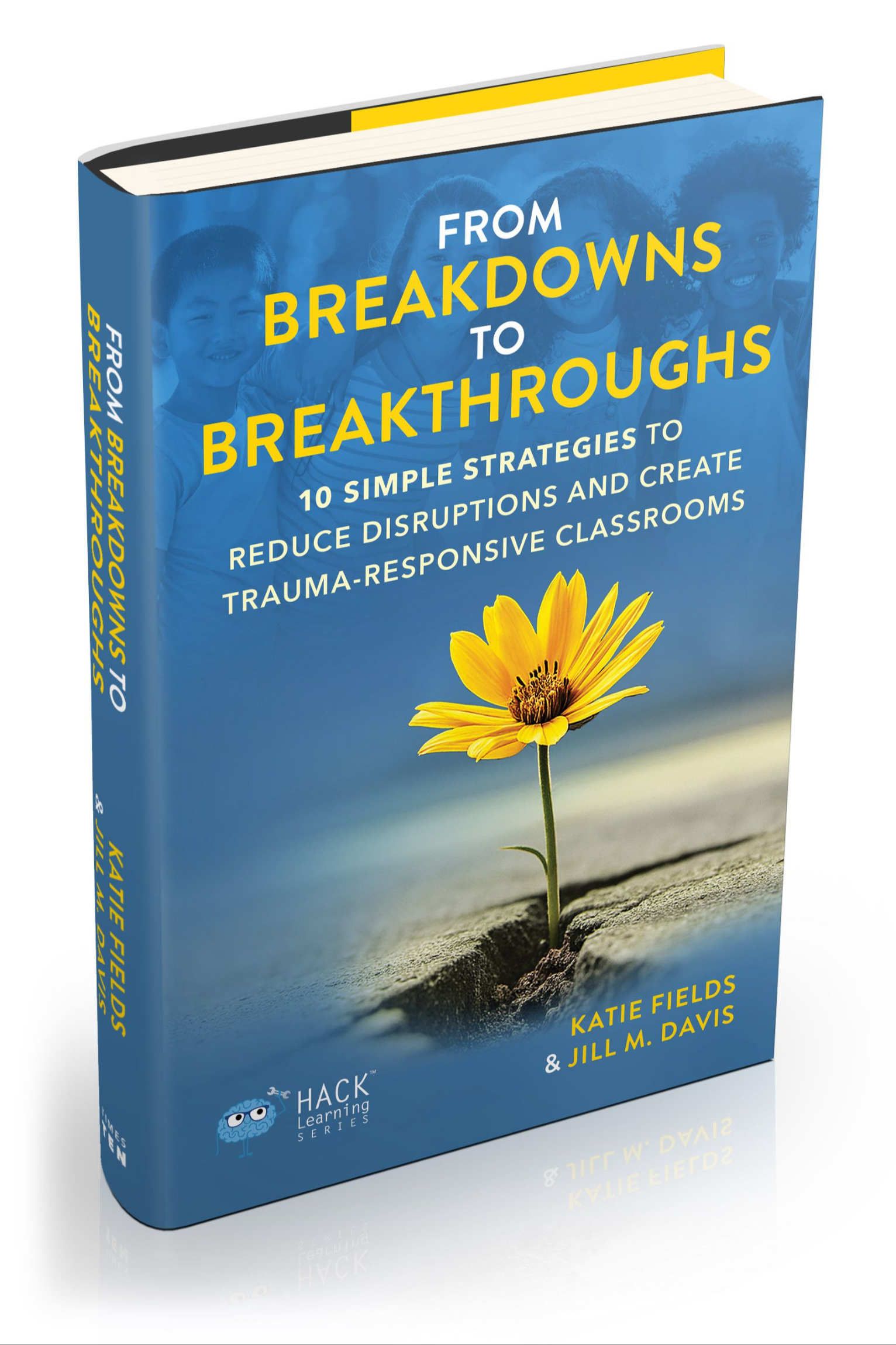Stop Battling, Start Connecting: The Transformative Shift in Classroom Management
Nov 17, 2025
You know them. Every teacher does.
There’s the student who melts down completely when the slightest change pops up on the morning schedule. There's the one who simply cannot keep their hands to themselves or sit still for more than a single minute, no matter how engaging the lesson. And of course, there’s the champion arguer, the one who turns every redirection into a negotiation.
In response, you’ve probably cycled through every strategy known to education: sticker charts that only work for three days, increasingly strict consequence systems, complicated point tallies, and that inevitable 2 a.m. desperate Google search for "how to survive teaching this week." You’ve done your part. You’ve tried to control the behavior.
But what if the issue isn’t the student’s inherent willfulness, or a failure of your strategy? What if the problem lies not in the student, but in the traditional way we’ve been taught to respond to challenging behaviors in the first place?
It's time to pause and consider a profound shift in perspective. This isn't about adding another cumbersome task to your already overwhelming to-do list. It’s about making teaching and learning easier, more fulfilling, and more effective by finally understanding what’s truly happening beneath the surface of the classroom.
The Hidden Root of Classroom Struggles
It is a difficult and essential truth that we must face: at least half of all children have experienced some form of trauma. This reality is walking into our classrooms every single day. A student who seems determined to push every button, who appears aggressive, defiant, or simply withdrawn, is often simply communicating. Their challenging behavior is not an act of malice; it is a fundamental, sometimes primal, form of communication.
When a student flips a desk or shuts down completely, they are sending a message—a message that says, "I am overwhelmed," "I do not feel safe," or "I cannot regulate my internal state right now."
The old model taught us to respond to the symptom—the flipped desk or the loud argument—with punishment, consequences, and attempts to suppress the outward behavior. This approach often escalates the issue, because it punishes a child for their response to an underlying crisis.
A truly responsive and effective classroom practice requires us to bridge the gap from punishing students for their trauma-related behaviors to preserving their dignity through supportive, trauma-informed practices. When we stop viewing the outburst as an attack and start listening to the communication behind it, we can stop engaging in exhausting, daily battles and finally start forging meaningful, lasting connections that lead to real learning.
Decoding the Message Behind the "Defiance"
The key to unlocking a calmer, more productive classroom lies in learning to decode what seemingly "defiance" is really saying. The loud No! or the sudden shutdown is a signal, not a personal affront. By shifting our lens, we gain a powerful ability to create a safer, more predictable environment that genuinely works for all students, including those who are struggling the most.
This shift starts with relationships. When you establish real, authentic connections with your students, you aren't just being "nice." You are proactively creating a buffer that prevents issues before they have a chance to escalate. A strong relationship acts like a circuit breaker, making it easier for a student to accept a redirection or to seek out help rather than defaulting to a defensive, trauma-driven reaction.
Furthermore, we can intentionally teach our students crucial life skills that they may have never developed outside of the classroom. This means giving them the tools to actively self-regulate their emotions and to self-advocate for their needs. Instead of demanding compliance, we empower them with agency, asking them what they need and how they can best manage their own state.
Practical Hacks for a Calmer, Healing Classroom
Making this change doesn't require a complete redesign of your curriculum or an overhaul of your school’s policies. It requires a series of small, intentional, and practical shifts—10 core hacks that reshape your daily interactions and classroom design.
The goal is always to move from reactive management to proactive, preventative support. This includes learning how to:
-
Identify and Decode: Recognize that explosive or withdrawn behavior is a code for a deeper need, and know how to read that code accurately.
-
Cultivate Calm: Implement strategies to create a physical and emotional classroom environment that reduces sensory overload and promotes a sense of safety for all learners.
-
Build Relational Trust: Develop simple, daily habits that strengthen student-teacher bonds, making trust and connection the foundation of your classroom culture.
-
Empower Self-Regulation: Explicitly teach students coping strategies and emotional regulation techniques they can apply in moments of stress.
-
Design for Safety: Review your lesson plans and assignments to ensure they are designed to feel safe and accessible, rather than inadvertently triggering anxiety or flight responses in vulnerable students.
When we commit to this trauma-responsive framework, our classrooms stop being places where students are punished for their trauma and become spaces where healing and learning can actually happen. This approach not only supports the most vulnerable students but simplifies your own teaching, reducing behavioral disruptions and allowing you to focus on the joy of instruction.
To explore these practical, straightforward methods and begin creating your calmer, more connected classroom today, click here for more information and resources.





